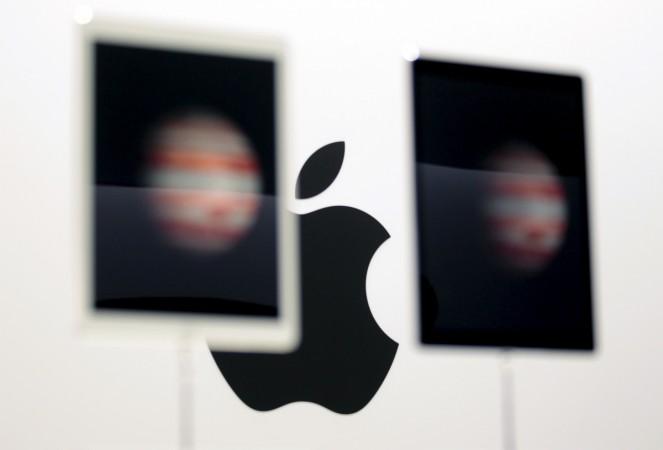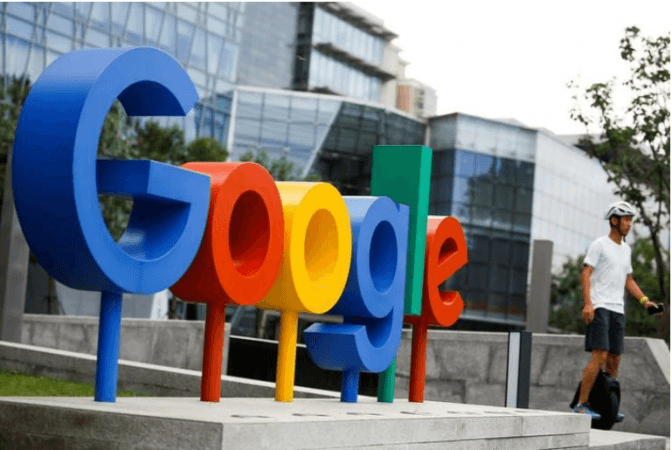Do you know how much profit Apple makes every second? It is a staggering over $1,820 (over Rs 1.48 lakh), making the iPhone maker the world's most profitable company -- generating about $157 million (more than Rs 1,282 crore) a day.
Fellow tech giants Microsoft and Alphabet (the parent company of Google), as well as Warren Buffet's Berkshire Hathaway, also draw in more than a thousand dollars each second, which works out at over $100 million a day, according to new research by Tipalti, an accounting software financial technology business.

At second spot, Microsoft makes about $1,404 (Rs 1.14 lakh) per second and Berkshire Hathaway $1,348 (about Rs 1.10 lakh) a second.
"To put this into context, the average worker in the US is projected to earn $1.7 million in their lifetime, meaning the average American will earn less in their lifetime than every company on this list earns an hour," according to the research.
The average annual salary in the US is $74,738, or $1,433.33 per week, meaning that Apple makes $387 (27.01 per cent) more per second than the average American worker makes in a whole week.
While Alphabet makes $1,277 per second at the fourth spot, Meta Platforms generates $924 in profit every second.

At the other end of the scale, Uber Technologies made a huge loss of $6.8 billion in 2021, equating to $215 every second. Despite being the world's largest ride-hailing app, Uber has famously never turned a profit.
General Electric saw the biggest increase in year-on-year profits of $10.68 billion, while Meta Platforms (formerly Facebook) is close behind with a profit increase of $10.66 billion, according to the research.
Online retail giant Amazon saw the third largest increase in profits, making $9.74 billion more in 2021 than it did in 2020.
(With inputs from IANS)







![BJP fields Tashi Gyalson for Ladakh; drops sitting MP [details]](https://data1.ibtimes.co.in/en/full/797185/bjp-fields-tashi-gyalson-ladakh-drops-sitting-mp-details.jpg?w=220&h=138)







